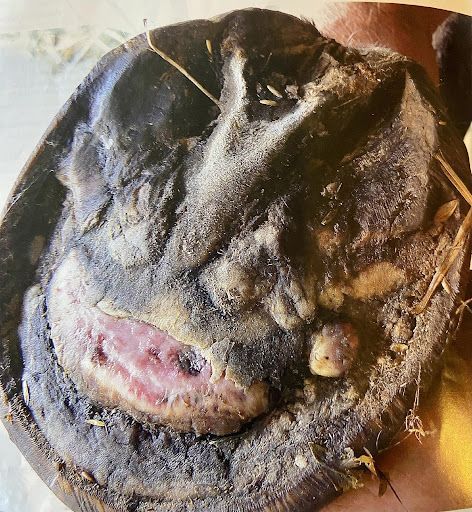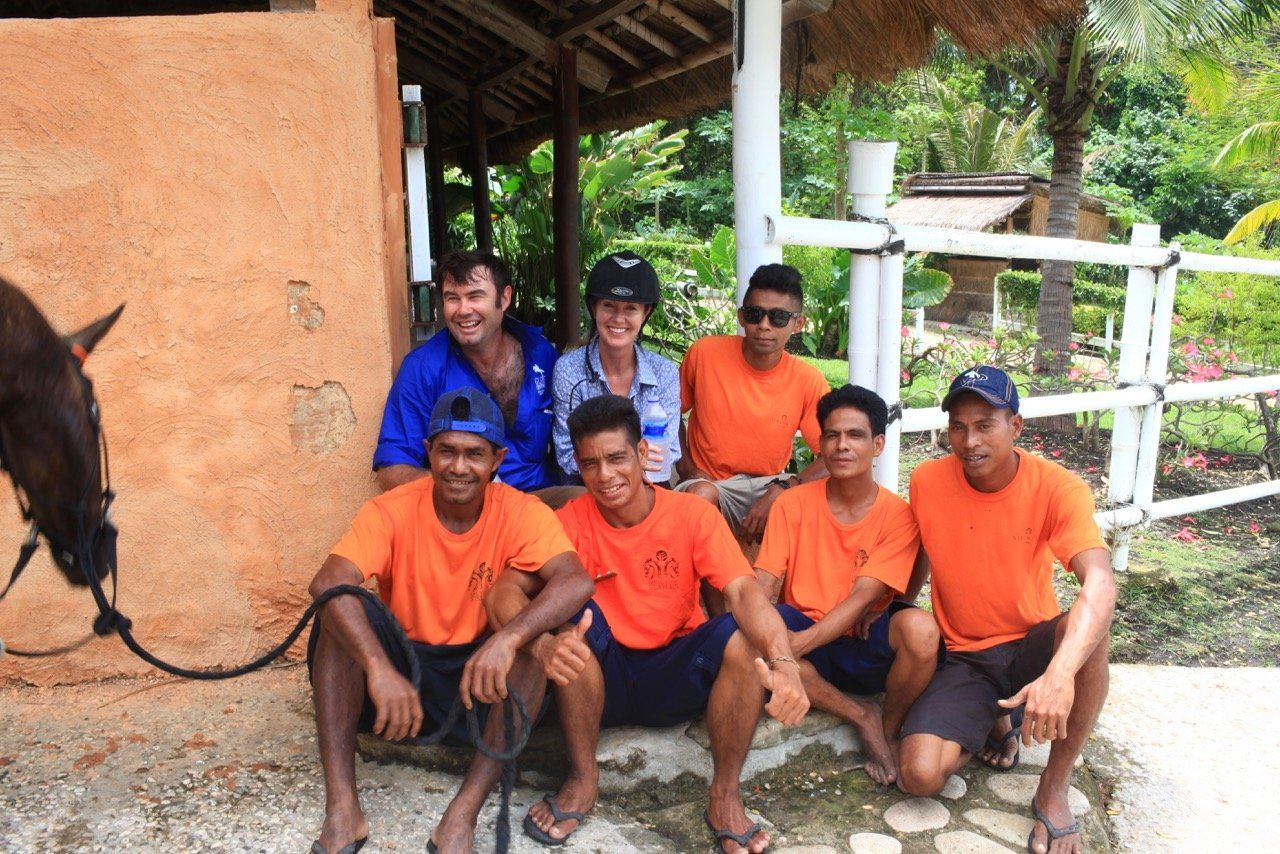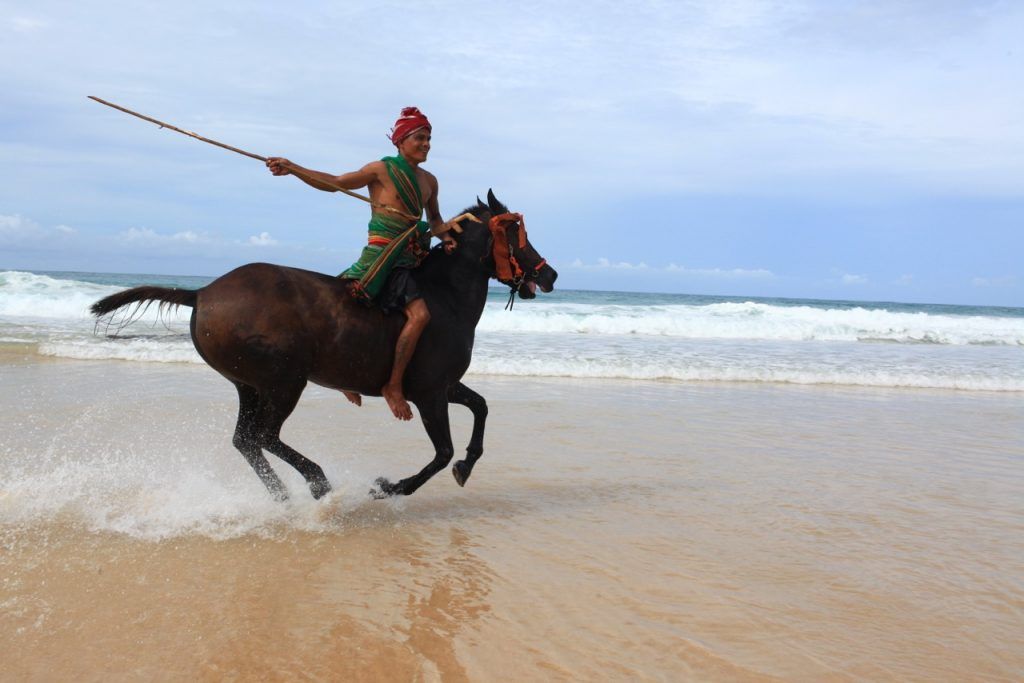WILD ABOUT HOOVES – WILD ADVENTURES
Wild About Hooves • 25 January 2017
Our role as hoof care educators and horse lovers certainly takes us to far away locations.
Our aim is to inspire education, and create a world wide ripple effect of hoof care and horse keeping awesomeness. Inevitably we are always on the move responding to demand Australia wide for workshops in hoof care.
Business has also seen us travel abroad, teaching hoof care workshops around New Zealand, lecturing to Vets & Farriers in Japan at Tokyo University, pulling shoes & fitting out a tourism team in hoof boots in Bali and teaching workshops to the local Indonesian Vets.
Travel is an Adventure.
Real adventure – to us, is a willingness to jump out of our comfort zone, to be self-motivated, but self less, to test our endurance and be adaptable and ever ready to embrace the moment. There is no doubt its often risky – travelling forces you to have firsthand encounters with the world.
The world the way it is, not the way we imagine it.
We are pinching ourselves about our latest adventure in hoof care, just to see if it really happened. We went to the remote Indonesian island of Sumba.
A place we couldn’t even locate on our world globe.
A place that seemed to have missed time.
A place that seemed like it was straight out of the movie set of Tarzan.
We ventured forth with www.globetrotting.com.au to road-test a horse ride at the “world's best” resort, Nihiwatu and we were keen to meet the tropical, tough-nut Sumba ponies who are at the core of Sumba culture.
SUMBA is as pure, basic and original as you can get. We got to experience the ancient culture, primitive villages and mind boggling traditions edged by the stunning beaches, sprawling rainforest and “knock you dead” resort comforts.
A real juxtaposition for our senses.
The locals live a simple lifestyle that is hard for us to comprehend.
Let me tell you about our draw card to the island, the Sumbanese Pony. These hard little ponies have a “bring it on” attitude, descended from Mongolia who are revered on the island and a sign of wealth to their villagers. They are still a main mode of transport, a dowry for weddings, and a sympathy gift to grieving families at funerals.
These horses were so prized by early colonial powers in fighting their wars that the Navy had special ships built to buy and transport Sumba horses. They were paid for in gold sovereigns, which were melted down and fashioned into jewelry and ritual ornaments, which are still about today.
I wonder what my Dad would have considered my worth in Sumba ponies on the eve of my wedding to Jeremy. I trust he would have requested a herd.
Anyways, the Sumba pony HOOVES that we saw, were a sight to behold. Hoof porn for the hoof enthusiast or as the Indonesians say, “Bagus” meaning good, beautiful, dandy, or exemplary.
We were not surprised to see they are naturally worn, tough and compact and capable of tackling all terrain. They even sounded like coconuts on the pavement, concaved, balanced and rhythmic. Just as you would imagine on a hardy wild horse.
On our adventure exploring Sumba, our fine Nihiwatu based steeds charged us through rice paddies, slippery mud slopes of rainforest, past mud wallowing buffalos, busy chickens, barking dog packs, grunting pigs, through villages of laughing children and betel nut chewing adults. They marched through the surf with not a care in the world as waves crashed on them. They endured my squeals of delight and my screams of terror.
They showcased their extraordinary island and the islands culture from their sturdy backs.
“Travel does what good novelists also do to the life of everyday, placing it like a picture in a frame or a gem in its setting, so that the intrinsic qualities are made more clear. Travel does this with the very stuff that everyday life is made of, giving to it the sharp contour and meaning of art.” –
Freya Stark
Their relaxed island mentality was contagious. As we sipped on cocktails at the bar at sunset we gained a greater appreciation of just what a world they wanted us to slip into. A grand life of simplicity, with no complication of rules, law, technology, time pressures, but ever ready to slip into colorful costumes and take their place on the battlefield.
On the topic of warfare, the most spectacular ritual of the Sumba culture is the PASOLA. It is a contest where hundreds of warriors on horseback fight opposing tribes with wooden spears. These horsemen are highly skilled at riding fast and hurling a spear at the same time. They can throw a spear with the greatest of accuracy and cause not only injury but also death to each other.
The primary purpose of the Pasola is blood shed.
I know, I know, this is pure madness in our western society.
According to ancient beliefs, the spilled blood, will fertilize the land and result in a bountiful harvest. Any bloodshed including animal sacrifices or men wounded or killed during the Pasola is considered to be a symbol of future prosperity.
What’s crazy about the date of the Pasola Festival is that it is not set in concrete calendar terms. The date differs each year according to the moon and the arrival of worms! When the Nyale worms spawn on the beaches, this is the sign for the Marupu Priests to announce the time of the Passola – that is, seven nights after the full moon.
So folks keen to be amongst this festival, you need to be slightly impulsive in the month of February. www.globetrotting.com.au will bring international awareness to Sumba. Riding on horse back breaks down all cultural barriers and the world can be viewed so very differently from between the ears of a horse.
The Sumba pony will show and share its island culture to anyone with a mind open enough.
It's time to get there now, places like this are fast vanishing from the world.

Laminitis kills thousands of horses every year, and leaves thousands of others debilitated with lameness. It will and can affect any horse. And for you, the horse owner it can be devastating: you feel guilty and heartbroken at your horses suffering, confused with all the information as it is typically explained by professionals in scientific terms that can be difficult to understand, costly veterinary bills and you have the major task of nursing your horse back to recovery. . Unseasonal weather patterns around Australia with abundant rain and sunshine saw laminitis at a near epidemic last year. The reason being, that the environmental conditions can trigger increases in the sugar, starch and fructan. These collectively known as non-structural carbohydrates can cause laminitis in any horse or pony. Alarm bells ring this spring!! Be warned and be prepared, for prevention is better than cure.

The extraordinary relationship between humans and the horse has been running since before the birth of Christ. Indeed, there is evidence our domestication of horses goes as far back as 3500 BC. And ever since we recognised the utilitarian value of the horse, there has been the horseshoe. The use of horseshoes has become an almost unquestioned tradition. Humans have been nailing shoes onto horses’ hooves for well over a thousand years. Who can remember back to a time otherwise?



